 In a time where American craft beer is more obsessed with hazy IPAs, pastry stouts and sour ales, it’s refreshing to revisit Belgian-style Abbey and Trappist ales, which Peaks & Pints will aiming our daily in-house beer flight toward, a flight we call Peaks and Pints Beer Flight: Trappist Ales.
In a time where American craft beer is more obsessed with hazy IPAs, pastry stouts and sour ales, it’s refreshing to revisit Belgian-style Abbey and Trappist ales, which Peaks & Pints will aiming our daily in-house beer flight toward, a flight we call Peaks and Pints Beer Flight: Trappist Ales.
Of the many thousands of beers produced around the world, only 14 monasteries — six in Belgium, two in the Netherlands, and one each in Austria, Italy, England, France, Spain, and the United States — currently produce Trappist beer as recognized by the International Trappist Association. These beers are all brewed with three criteria in order to earn the name and mark “Trappist”: The beer must be brewed within the walls of a Trappist monastery, either by the monks themselves or under their supervision; The brewery must be of secondary importance within the monastery, and it should witness to the business practices proper to a monastic way of life; The brewery is not intended to be a profit-making venture.
Peaks and Pints Beer Flight: Trappist Ales
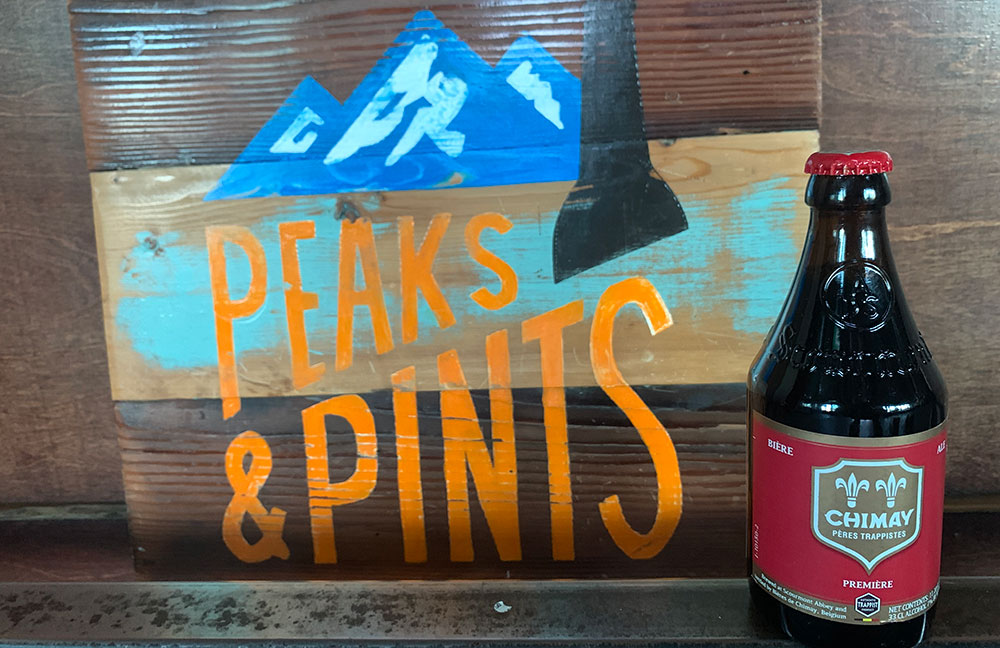 Chimay Premiere (Red)
Chimay Premiere (Red)
7% ABV
Chimay is made by Trappist monks cloistered away in Scourmont Abbey in Belgium (where they also make tasty Chimay cheese) with the operation’s profits paying for the monks’ pious lifestyle and charitable efforts. Having been around since 1862, Chimay’s a relatively new entry in the world of godly beverages with three commercial beers, including its first beer, Premiere (Red). Its recipe was developed in collaboration between the master brewer, Father Théodore, and Jean De Clerck in the two decades following WWII. Chimay surprisingly prefers American hops and have used Galena in the past. They now use Cluster hops. Interestingly, they don’t use whole hops but extract because Chimay is designed to lay down and age, the monks prefer extracts, which hold their aroma and bitterness longer than whole hops. Red has a beautiful burnt-sienna color to it and shows some cloudiness with a pretty decent head. It has a warming stone-fruit sort of smell that is pleasantly gamey. The taste is expectantly sweet, fruity, and malty — a whole lot of flavors without being overwhelming. It’s an accessible example of the classic Belgian ale.
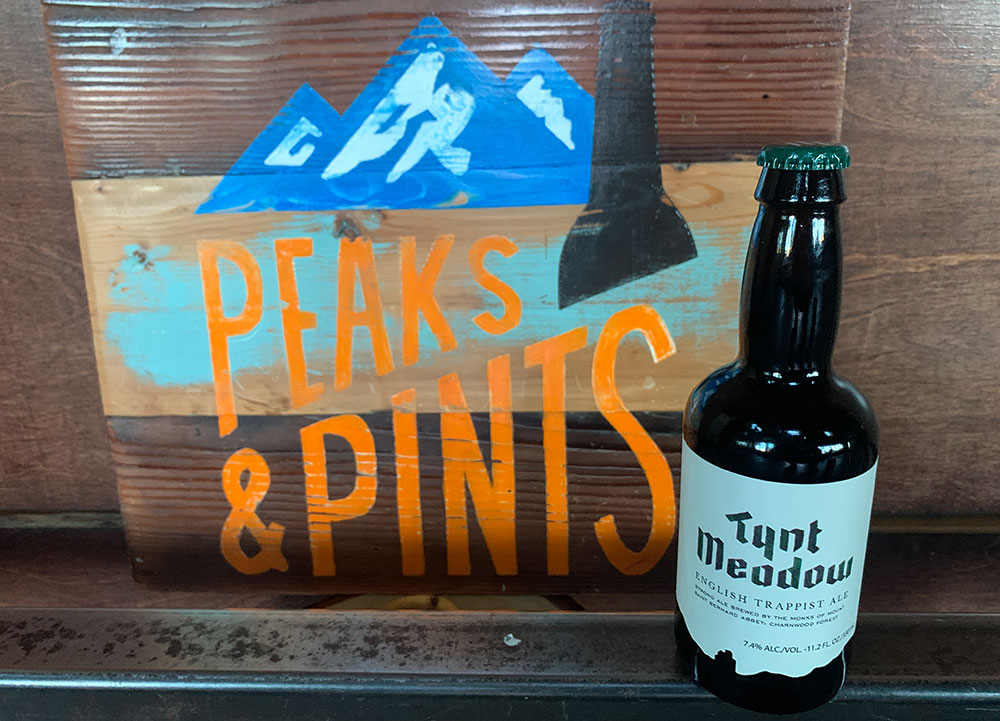 Mount Saint Bernard Abbey Tynt Meadow
Mount Saint Bernard Abbey Tynt Meadow
7.4% ABV
Mount St Bernard Abbey is a Roman Catholic, Trappist monastery near Coalville, Leicestershire, England, founded in 1835 in the parish of Whitwick and now in that of Charley. The abbey was the first permanent monastery to be founded in England since the Reformation and is the sole Trappist house in England. Trappist beers tend to be named after the place in which the monastery is situated. Mount Saint Bernard Abbey calls their brewery “Tynt Meadow” to honor the link with the plot of land on which monastic life was re-founded in the Midlands almost two centuries ago. Being part of the great Trappist tradition, they chose to produce a strong dark ale, but one with a clearly English character. Tynt Meadow is mahogany-colored, with a subtle, warm red hue, and a lasting beige head. Its aroma carries hints of dark chocolate, licorice, and rich fruit flavors. The beer is full-bodied, gently balancing the taste of dark chocolate, pepper, and fig. It leaves a warm and dry finish on the palate.
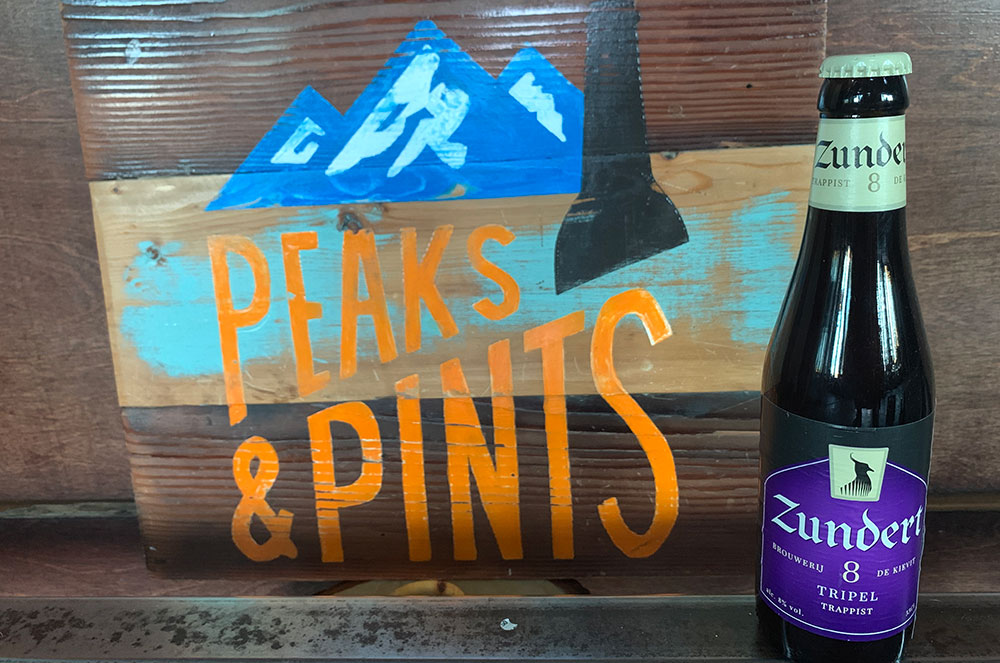 De Kievit Zundert Trappist 8 Ale
De Kievit Zundert Trappist 8 Ale
8% ABV
Abbey Maria Toevlucht was established in 1900 in the quiet countryside outside the village of Zundert, Netherlands, near the Belgian border. De Kievit Trappist Brewery, built in one of the abbey’s historical farm buildings, began selling beer in 2013. The lapwing weathervane on the roof inspired the name of the brewery, and remains in place still: Brouwerij De Kievit — “The Lapwing Brewery” — also uses the beautiful crested northern lapwing in their logo. The brewery’s Zundert Trappist 8 Ale shows clear chestnut-brown color, a bouquet of herbal spice, and layered, fruity depth wrapped around caramel malt. Dry, complex, bottle-conditioned; Zundert evolves with each taste and defines a new chapter in the book of excellent Trappist ales.
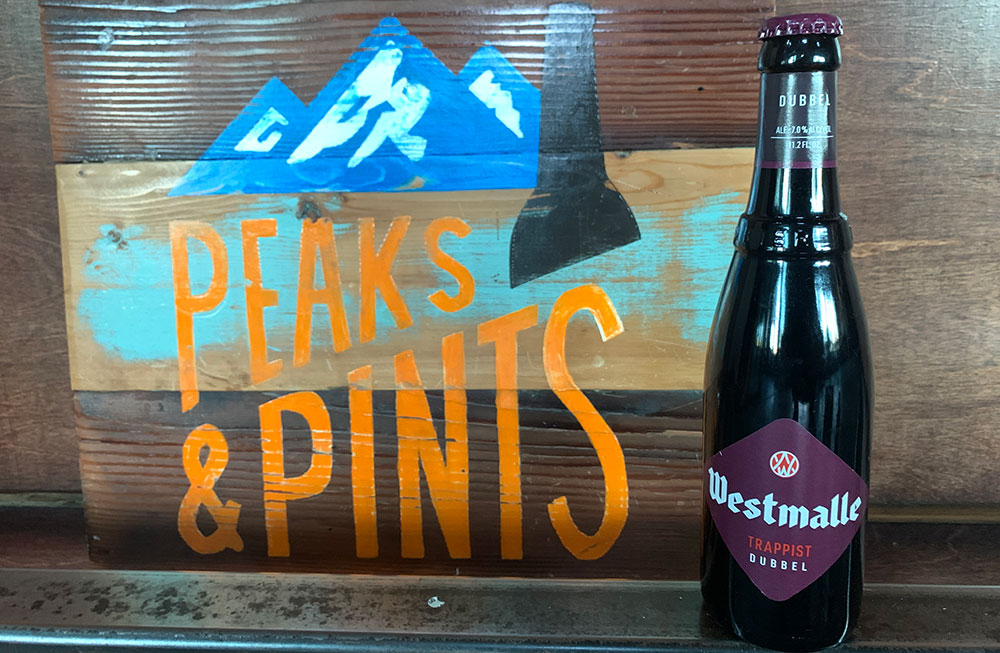 Brouwerij der Trappisten van Westmalle Dubbel
Brouwerij der Trappisten van Westmalle Dubbel
7% ABV
In 1836 the Belgian Westmalle monastery became a Trappist Abbey and began brewing beer shortly thereafter. The holy suds they produced started out as an insider-only deal — a choice beverage to be made and enjoyed by Trappists and Trappists alone, but eventually they decided to expand and opened a public beer hall in the early 1930s. Westmalle Dubbel is a dark, reddish-brown Trappist beer with a secondary fermentation in the bottle. The creamy head has the fragrance of special malt and leaves an attractive lace pattern in the glass. The flavor is rich and complex, herby and fruity with a fresh-bitter finish. It is a balanced quality beer with a soft feel in the mouth and a long, dry aftertaste.
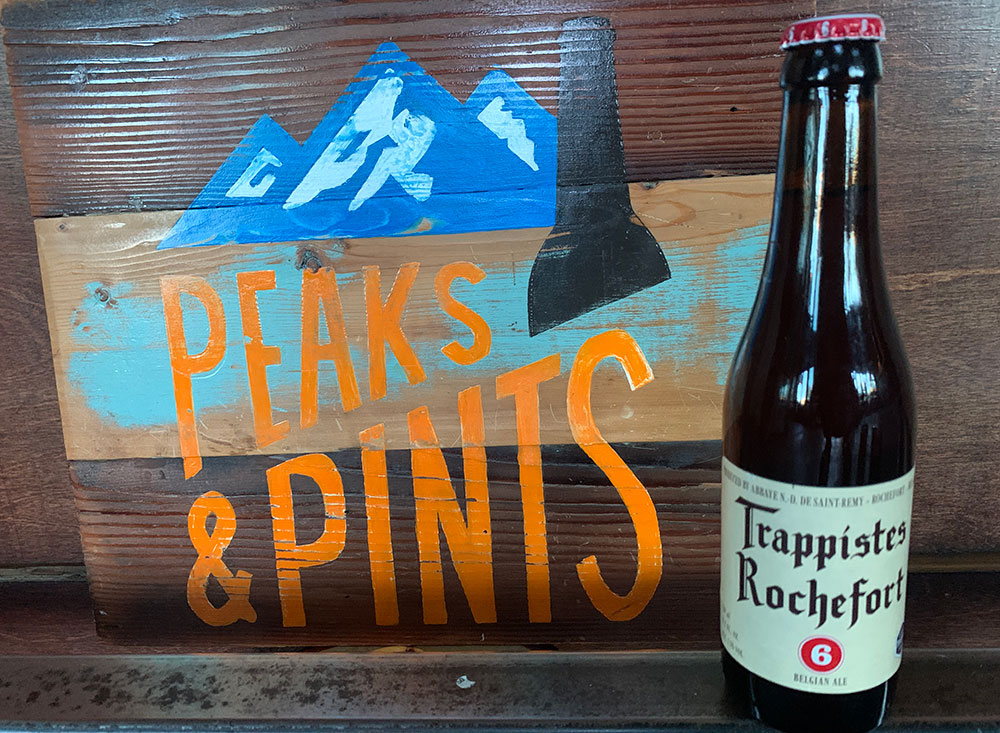 Abbaye Notre-Dame de Saint-Remy Trappistes Rochefort 6
Abbaye Notre-Dame de Saint-Remy Trappistes Rochefort 6
9.2% ABV
Abbaye Notre-Dame de Saint-Remy, which sits in a large valley close to Rochefort in the province of Namur, in Belgium, is home to a community of Trappist monks (Cistercians of the Strict Observance). The three brown ales produced by the abbey — Rochefort 6, Rochefort 8 and Rochefort 10— can be tasted in the nearby town of Rochefort and all over the world. Rochefort Trappist 6 is named after its original gravity measured in “Belgian degrees” — a brewing scale no longer used today. It was first sold to the public in 1953. Bottle-conditioned for soft natural carbonation, and the oldest of the three Rochefort Trappist beers, Rochefort 6 has the reddish color of autumn leaves, a soft body and an earthy, herbal palate (a hint of Darjeeling tea), which develops into a deep fruitiness. Refined, soft spiciness in the bouquet finishes with a bit caramel.
LINK: Peaks & Pints beer and cider cooler inventory
